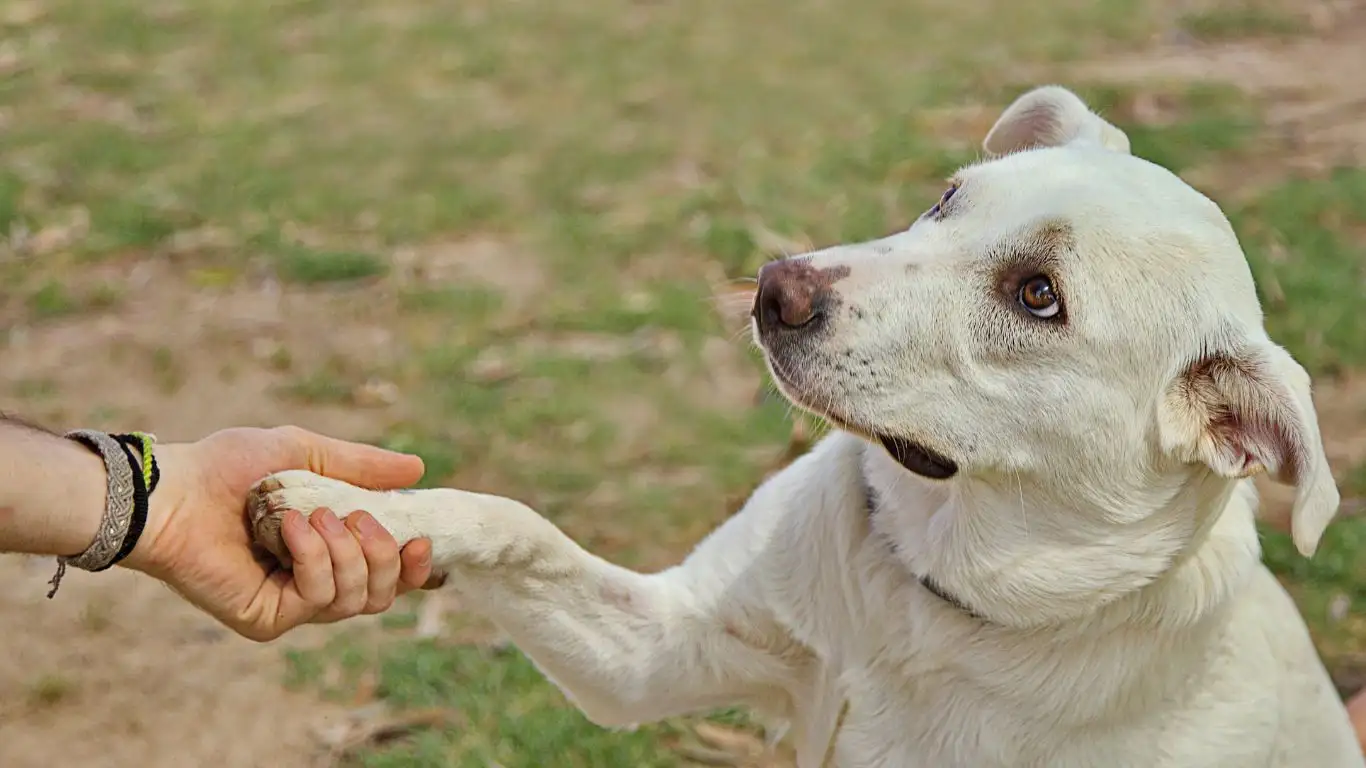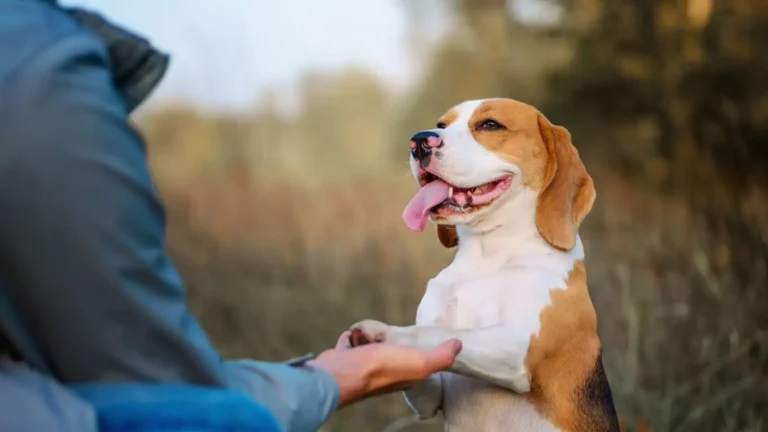Worried About Skin Tags on Dogs? Learn How to Handle Them Safely
Skin tags on dogs are small, harmless growths that can show up almost anywhere on a dog’s body. They may look like little bumps or flaps of skin and are especially common in older dogs. While most skin tags aren’t dangerous, they can be confusing—or even worrying—for pet owners who discover them for the first time.
Understanding what these growths are and how to deal with them can help you take better care of your dog’s health. In this article, we’ll walk through what causes skin tags, what they do, and when it might be time to talk to your vet.
Understanding Skin Tags on Dogs
Skin tags, also known as acrochordons, are soft, fleshy growths made from skin tissue. They’re usually the same color as your dog’s skin, and they can be flat, round, or shaped like little stalks. In most cases, they don’t cause pain or discomfort unless they get irritated.
These growths typically appear on:
- The chest or abdomen
- Under the legs (armpits)
- Around the neck or collar area
- On the face or ears
Skin tags are non-cancerous and usually don’t spread. Still, it’s important to keep an eye on them in case they change over time.
If you’re unsure whether a bump is a skin tag or something more serious, your veterinarian can help you tell the difference.
How Skin Tags Work
Skin tags form when clusters of skin cells grow in one area, often due to friction or irritation. In dogs, this can happen where the skin rubs against itself, a collar, or a harness. The constant rubbing may cause the skin to thicken or stretch, eventually forming a tag.
Some skin tags are connected by a narrow stalk called a peduncle. Others lie flat against the skin and may look more like a mole. They often contain small blood vessels, which means they can bleed if scratched or injured.
While these growths can be unsightly, they don’t serve a purpose and usually don’t interfere with your dog’s health. However, their location can sometimes make them bothersome—especially if they’re near the eyes, mouth, or paws.
Common Causes of Skin Tags in Dogs
Several factors can lead to the development of skin tags in dogs. While there’s no single cause, certain conditions and habits may increase the risk:
- Age: Older dogs are more likely to develop skin tags.
- Friction: Repeated rubbing from collars, harnesses, or skin folds can lead to tags.
- Breed: Some breeds with loose skin (like Bulldogs or Shar-Peis) are more prone.
- Weight: Overweight dogs may have more skin folds, increasing friction points.
- Genetics: A family history of skin tags may make them more likely.
- Skin irritation: Allergies or chronic scratching can contribute.
Although rare, in some cases, underlying conditions like hormonal imbalances or immune system issues may play a role. Keeping your dog’s skin healthy and reducing irritation can help prevent some of these tags from forming.
Symptoms to Watch For
Most skin tags are easy to spot. You may feel them while petting your dog or notice them during grooming. They usually appear as:
- Soft, fleshy bumps
- Skin-colored or slightly darker growths
- Non-painful unless inflamed or infected
- Flat or hanging by a stalk
Signs that a skin tag may be irritated or infected include:
- Bleeding or oozing
- Redness or swelling around the area
- Your dog licking, biting, or scratching the tag
- Sudden growth or color change
If you notice any of these changes, it’s best to have your vet take a look. Even though skin tags are benign, they can sometimes be confused with other types of growths, like warts or tumors.
When to See the Vet
Most skin tags don’t require treatment, but some situations call for professional attention. Contact your veterinarian if you notice any of the following:
- A new growth that appears suddenly
- Rapid changes in size, shape, or color
- Bleeding or signs of infection
- The tag gets caught on objects or causes discomfort
- Your dog is constantly licking or scratching it
Vets can often diagnose skin tags through a simple exam. In some cases, they may recommend a biopsy to rule out more serious conditions, especially if the growth looks unusual.
If removal is needed, the vet may use one of several methods:
- Surgical removal: Used for larger or problematic tags.
- Cryosurgery: Freezes the tag off with liquid nitrogen.
- Laser therapy: A precise, low-pain option for removal.
These procedures are usually quick and done under local or general anesthesia, depending on the tag’s size and location.
Home Care and Monitoring
If your vet confirms that the growth is a harmless skin tag, you can keep an eye on it at home. Here are a few tips:
- Check the tag during grooming for any changes.
- Keep the area clean and dry.
- Use a soft collar to avoid rubbing or irritation.
- Trim fur around the tag if needed to reduce matting or moisture buildup.
Never try to cut off a skin tag at home. Doing so can cause pain, bleeding, or infection. If you’re worried about a tag’s appearance or location, your vet can safely remove it.
Remember, most skin tags aren’t a problem—but regular checkups can help you catch any new or changing growths early.
Final Thoughts
Skin tags are a common part of aging in dogs, and most of the time, they’re nothing to worry about. Still, it’s always smart to keep track of any new bumps you find on your pup. With regular monitoring and veterinary care, you can make sure your dog stays healthy and comfortable.
Don’t hesitate to reach out to your vet if you’re unsure about a skin growth. When it comes to your dog’s health, peace of mind is always worth it.






